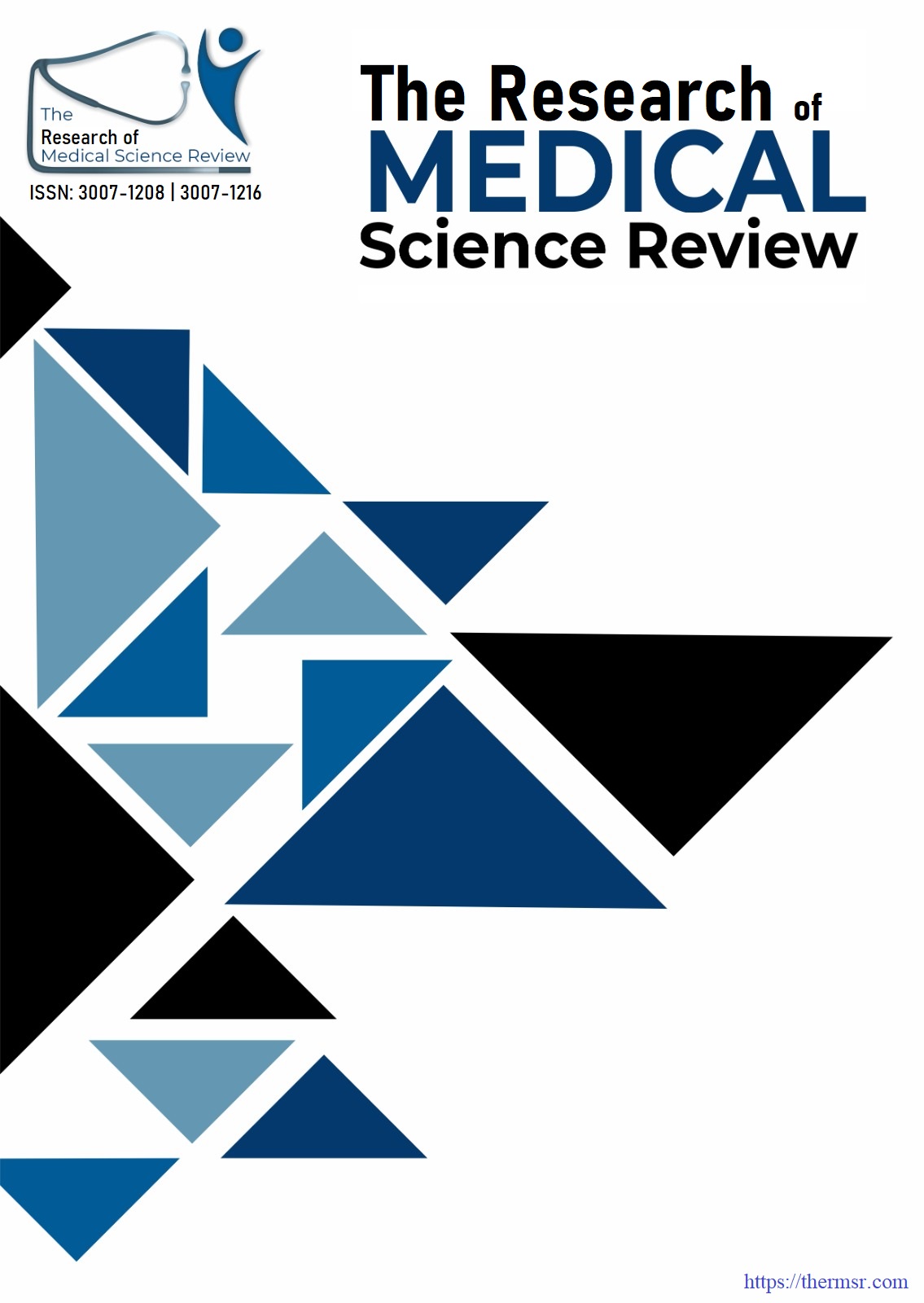JUVENILE IDIOPATHIC ARTHRITIS IN FOCUS: A HOLISTIC EXAMINATION OF CLINICAL PROFILES, DIAGNOSTICS, AND INDIVIDUALIZED TREATMENT APPROACHES IN SOUTHERN PAKISTAN
Keywords:
Biomarkers, Disease Management, Individualized Treatment, Juvenile Idiopathic Arthritis, Therapeutic ApproachesAbstract
OBJECTIVE To investigate clinical features, diagnostic methods, and personalized treatment strategies of Juvenile Idiopathic Arthritis (JIA) in Southern Pakistan METHODOLOGY A retrospective cohort investigation was executed at Liaquat National Hospital, Karachi, spanning from January 2015 to December 2021, comprising 134 patients aged under 16 years who were diagnosed with Juvenile Idiopathic Arthritis (JIA) in accordance with ILAR classification. The study examined disease presentation patterns, accuracy of diagnostic studies, and tailored treatment plans. Based on this time period, patients who visited the outpatient department were part of this analysis. All the collected data were analyzed by using SPSS version 26, and p ≤ 0.05 indicates the criteria of statistical significant. RESULTS Among a cohort of 134 patients identified with Juvenile Idiopathic Arthritis (JIA), the average age was calculated to be 11.22 ± 3.91 years, with a male proportion of 53.7%. The common subtypes were polyarticular (44%) and oligoarticular (35.8%). The most prevalent extra-articular manifestations were fever (20.9% of the cases). ANA, anti-CCP and RA factors were all positive in 18.7%, 20.1% and 27.6% of the cases, respectively. Methotrexate represented the most frequently prescribed DMARD (69.3%), highlighting the specifics of individual management relative to a patient's clinical profile. CONCLUSION This study highlights the clinical diversity, diagnostic markers, and treatment patterns of Juvenile Idiopathic Arthritis in Southern Pakistan. Polyarticular and oligoarticular subtypes were most common, with methotrexate as the primary treatment. Although serological markers aided diagnosis, clinical evaluation remained essential. These findings emphasize the need for individualized care and provide valuable regional data to inform future diagnostic and management strategies.
Downloads
Downloads
Published
Issue
Section
License

This work is licensed under a Creative Commons Attribution-NonCommercial-NoDerivatives 4.0 International License.















